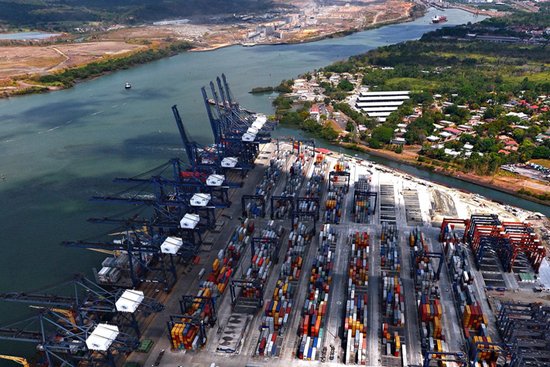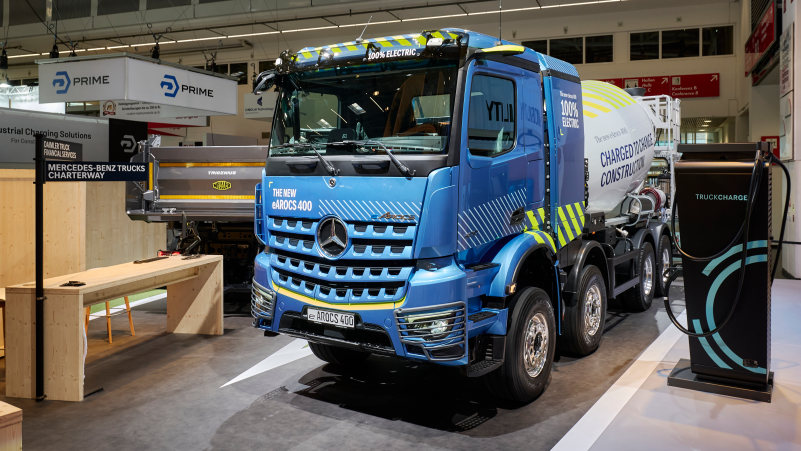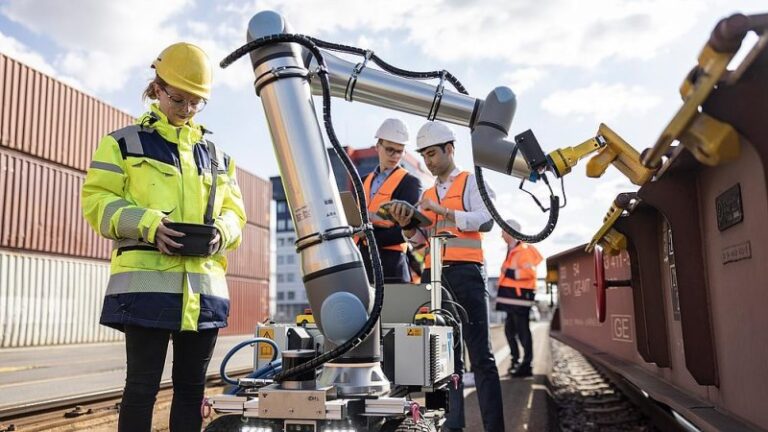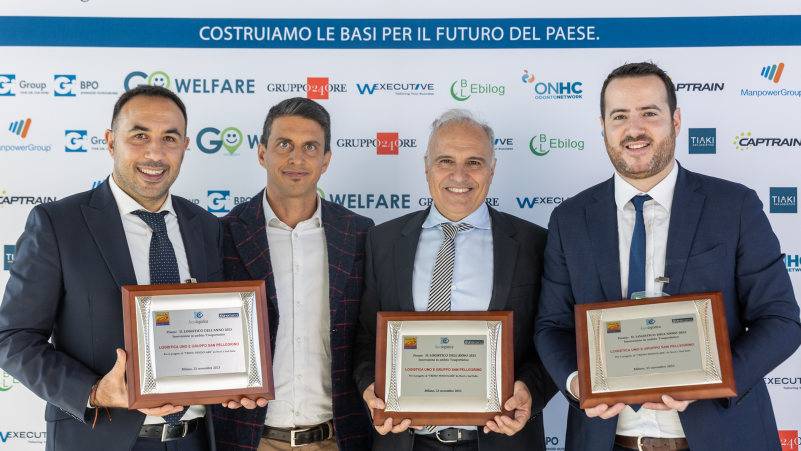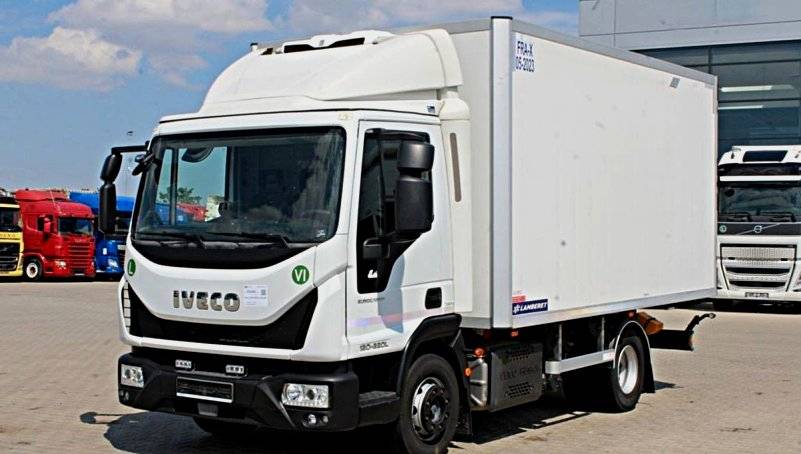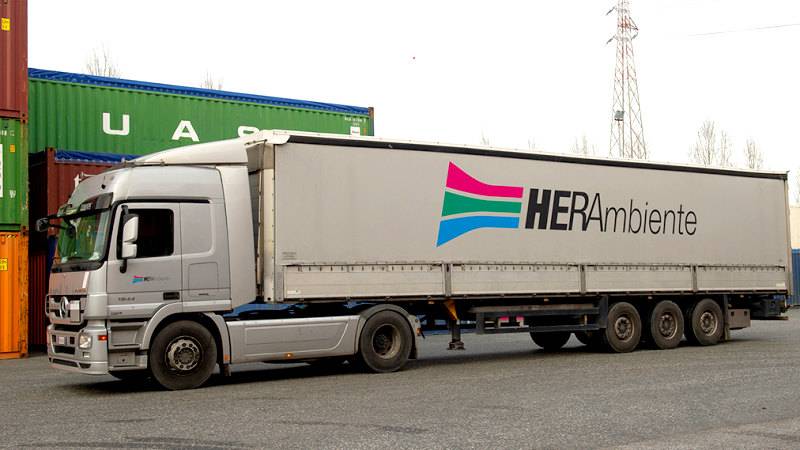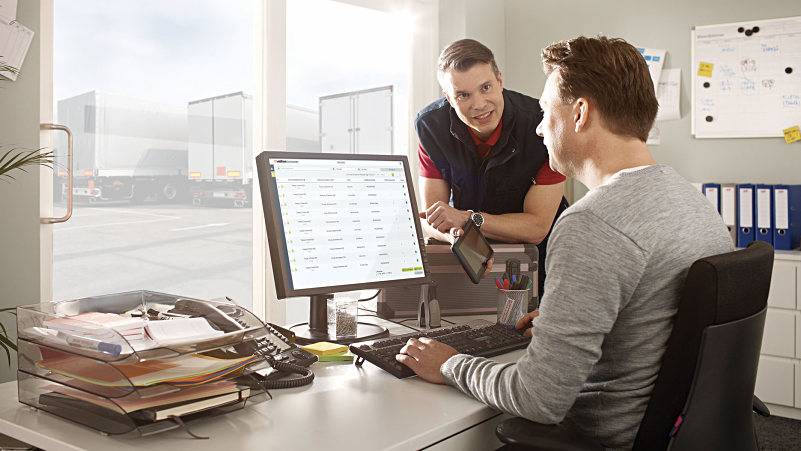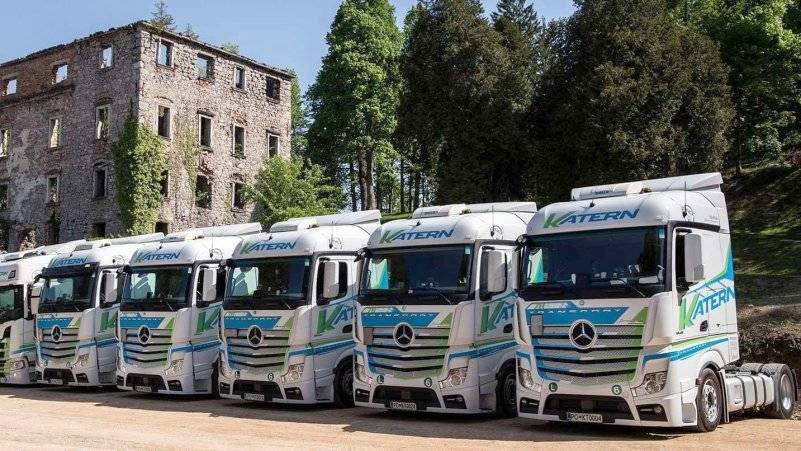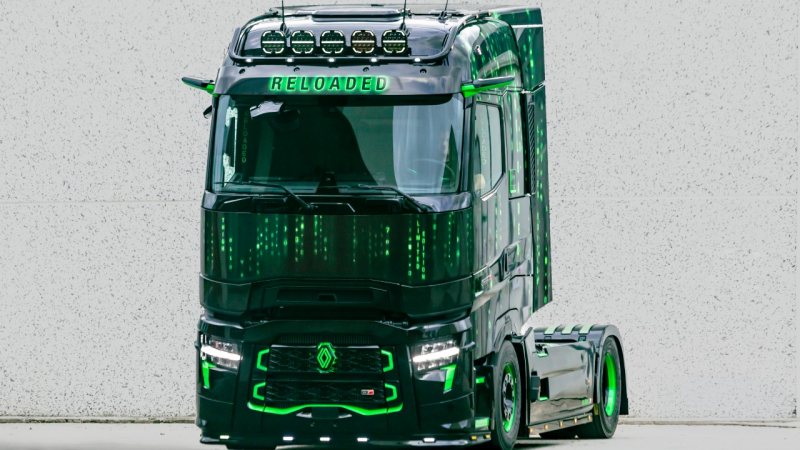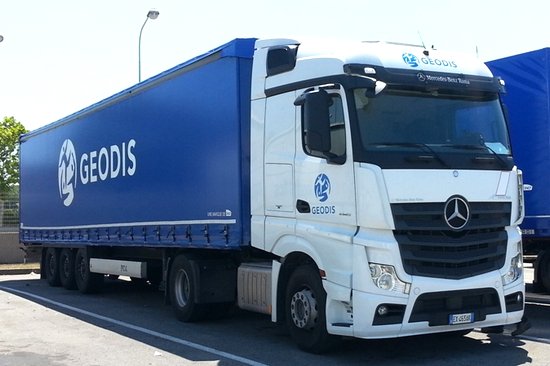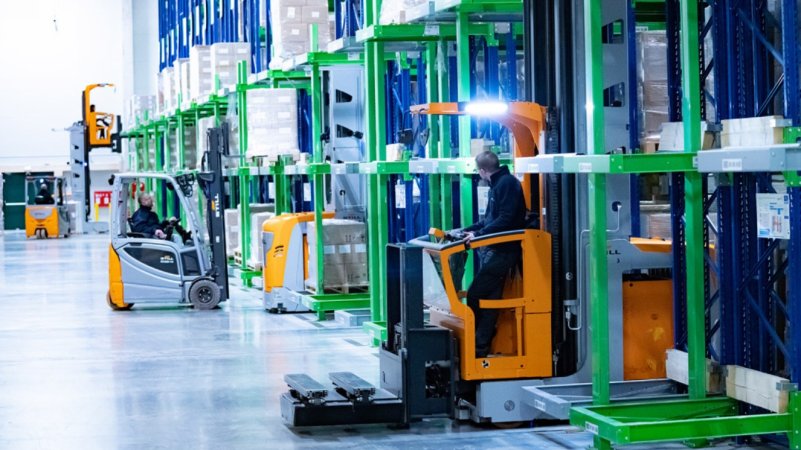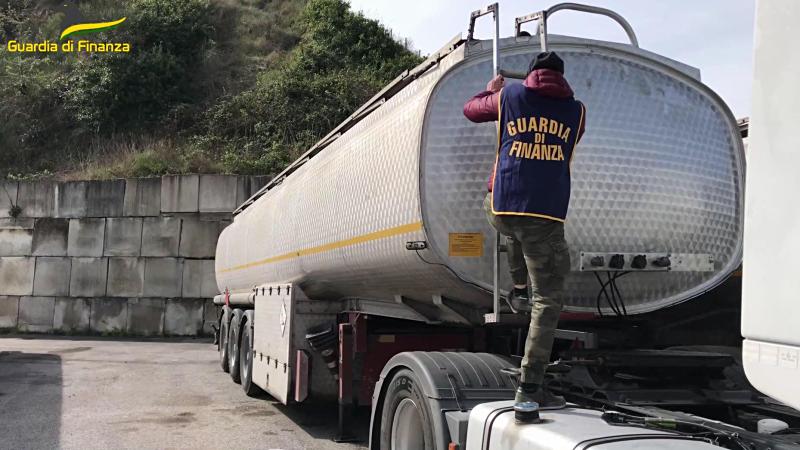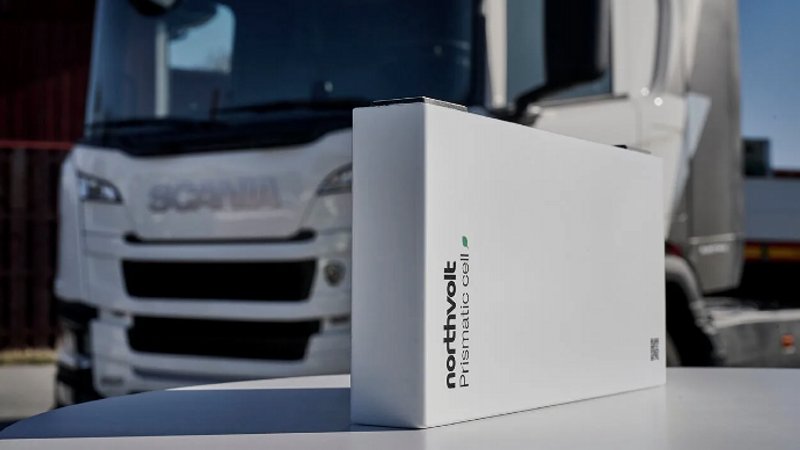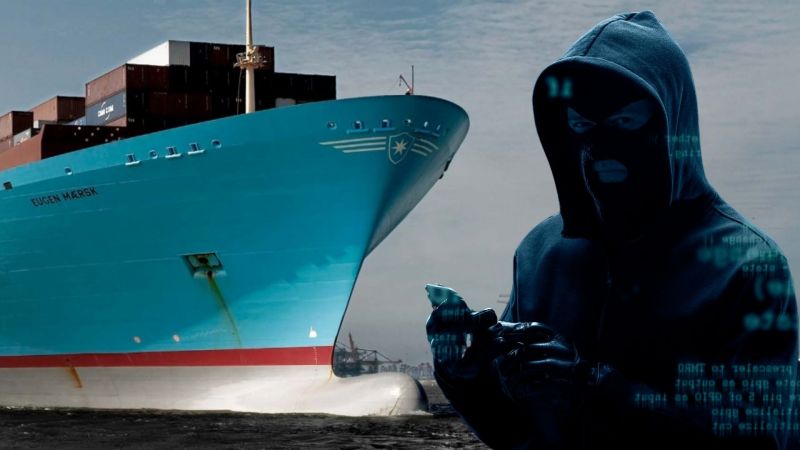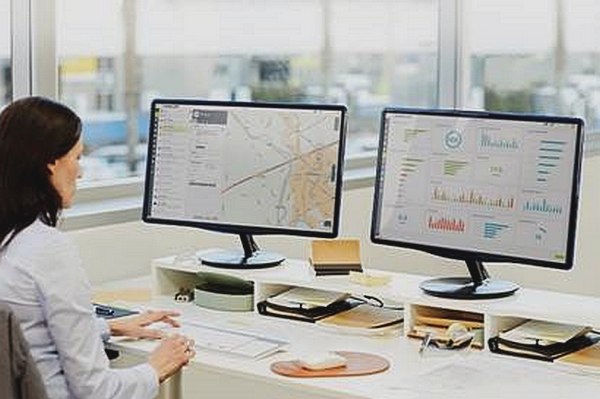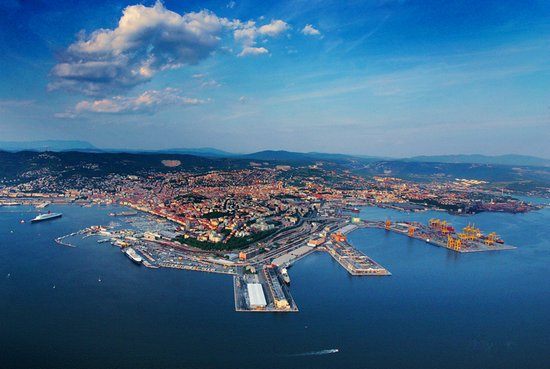A step forward in the automation of rail terminals has been taken with the conclusion of the Pin Handling mR project, developed by Hamburger Hafen und Logistik in collaboration with the Fraunhofer Center for Maritime Logistics and Services. Backed by the German Federal Ministry for Digital and Transport (Bmdv) as part of the Ihatec initiative for innovative port technologies, the project successfully addressed one of the few remaining manual tasks in the intermodal logistics chain: handling the securing pins on rail wagons used for container transport.
The robotic system was successfully tested at Hhla’s Tollerort container terminal in Hamburg. It consists of a mobile robotic arm capable of autonomously identifying and repositioning the securing pins on rail wagons, a task currently performed entirely by human operators. These pins need to be opened or closed depending on the size of the load and the intended configuration. The operation is repetitive, potentially hazardous, and often carried out under tight time constraints.
The Pin Handling mR project developed an autonomous robotic system that moves along the length of the train and uses a robotic arm with a magnetic gripper to correctly position the pins. The robot receives instructions from the Hhla Sky control centre and operates independently on site, integrating standard hardware with a software architecture based on the Ros operating system, customised for the specific requirements of this application.
The development phases included virtual simulations, laboratory testing, and finally full-scale trials at the Ctt. The design and integration of the system’s components were handled by Fraunhofer CML, which selected the appropriate hardware and ensured the overall integration of the system. Hhla coordinated the project, involving its operational subsidiaries: Hhla Container Terminal Tollerort, Hhla Sky, Hamburg Port Consulting (Hpc), and rail subsidiary Metrans.
On 1 April 2025, during the project’s final meeting, team members presented the results and demonstrated the full functionality of the system. Pablo Rossio, project manager at Hhla, emphasised how the work confirmed the technical feasibility of automating pin handling: “We combined the expertise of our terminals, our technology division, and our rail operator to improve safety and efficiency. The next step will be to develop the technology to the point where it is ready for operational deployment.”
Johann Bergmann, head of port technologies at Fraunhofer CML, highlighted the importance of integrating software and hardware: “The robot receives data from the control centre, moves autonomously along the train, and operates the pins it detects using a magnetic arm. The system has successfully passed all testing phases.” Although not yet ready for mass production, the project has laid solid foundations for further technological development and potential operational use.



